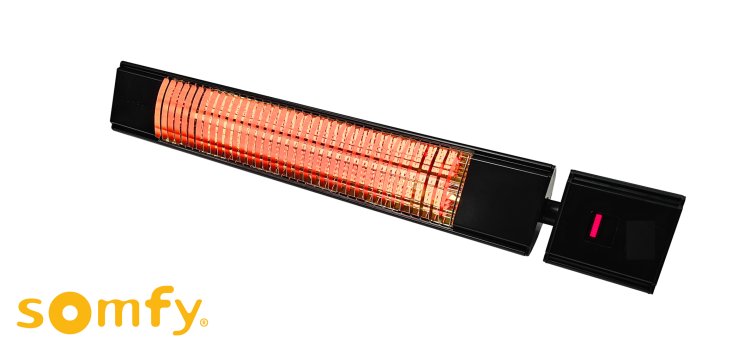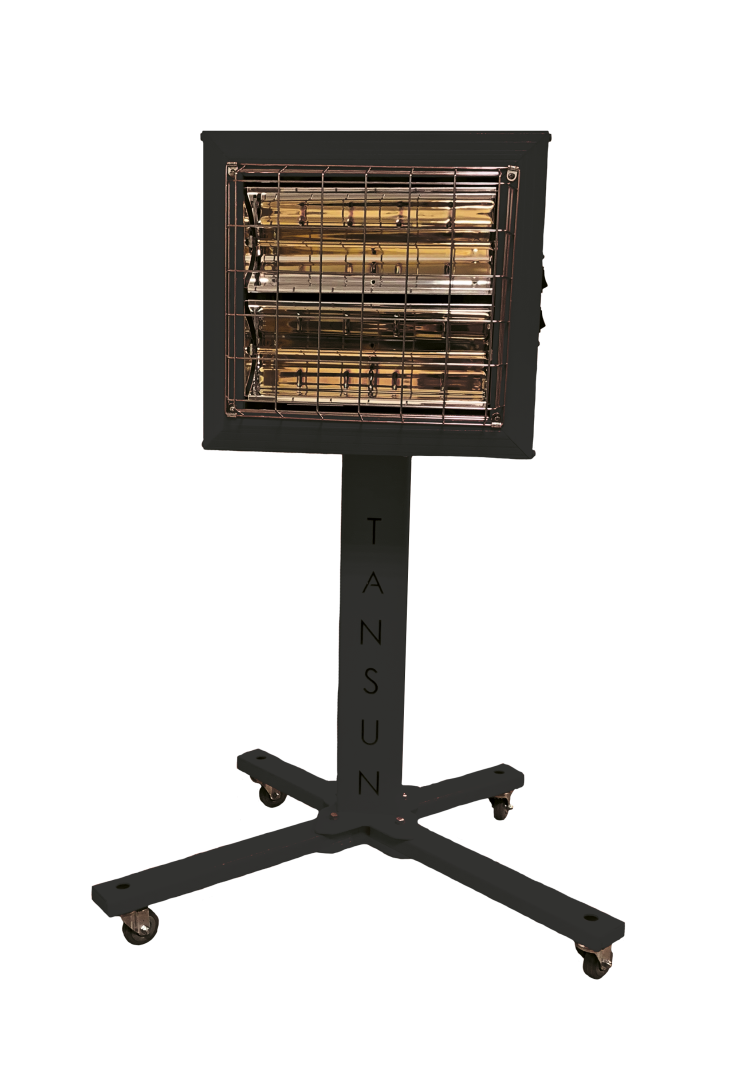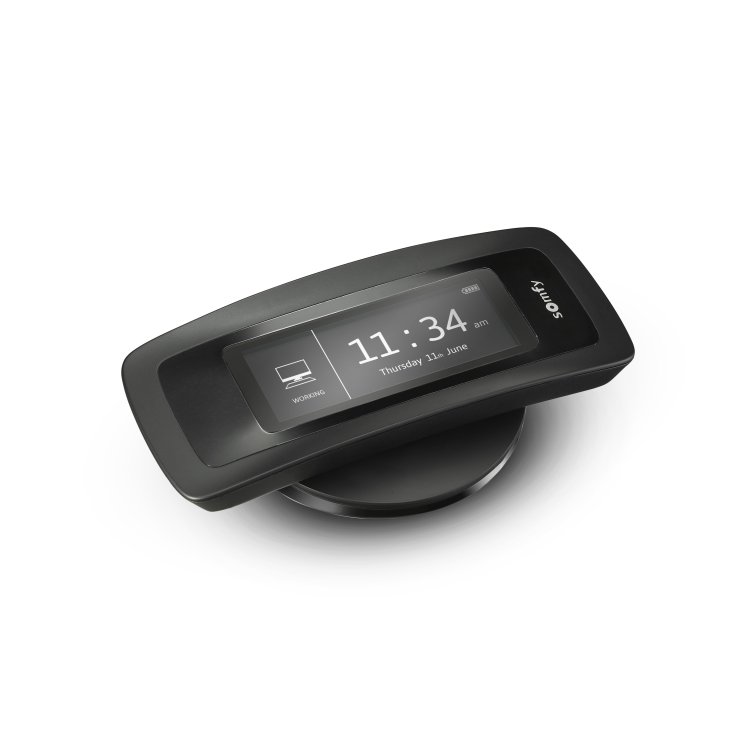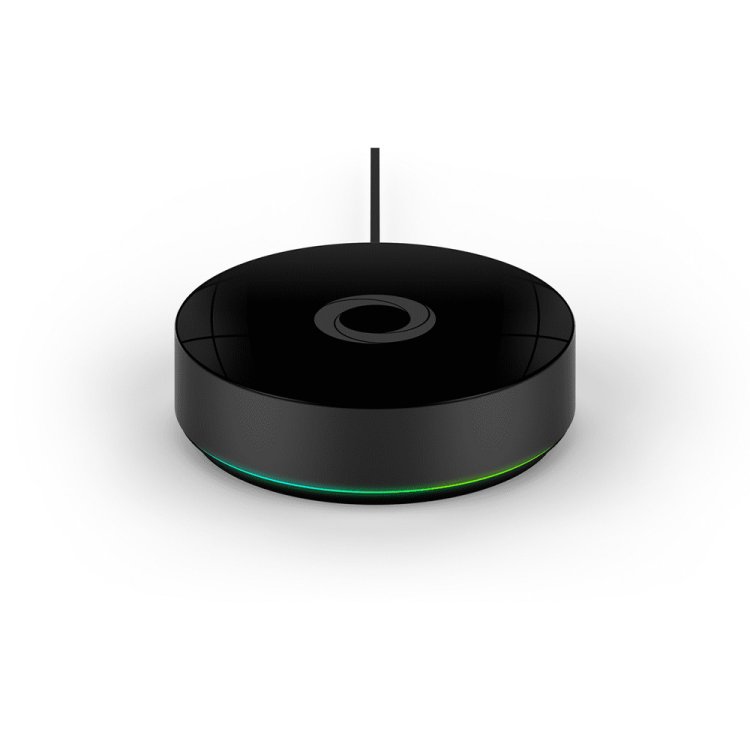Keuken
Heeft u een aparte keuken en sluit u in de winter de tussendeur, om in de woonkamer de kou vanuit de keuken niet binnen te laten komen? Dan heeft u waarschijnlijk veel tijd nodig om de keuken op te warmen wanneer u gaat koken. In plaats van vooraf de radiator van de centrale verwarming aan te zetten, lost u dit eenvoudig op met infrarood verwarming in de keuken.
Eenvoudig én energiezuinig keuken verwarmen
Voordat uw keuken is opgewarmd door een centrale verwarming, bent u een aardige tijd verder. U heeft vrijwel geen voordeel van de warmte als u de verwarming aanzet als u de keuken binnenkomt. Daarvoor moet de radiator eerst al geruime tijd aanstaan. Dat moet u niet alleen goed plannen, het kost ook nog extra stookkosten. Met een infrarood paneel voor in de keuken heeft u daar geen omkijken meer naar. Binnen een paar minuten, nadat u de infrarood keuken verwarming aangezet heeft, voelt u al een behaaglijke warmte.
Doordat de opwarming snel gaat, bespaart u een hoop kosten. Bovendien verbruikt een infrarood verwarming in de keuken tot wel 60% minder energie tijdens het gebruik dan de traditionele verwarming in de keuken. U komt op twee manieren voordeliger uit met infrarood verwarming in de keuken.
Wat voor soort infrarood keuken verwarming kiest u?
Bij de keuze van het type keuken infrarood verwarming, houdt u met een aantal factoren rekening. Ten eerste de grootte van de keuken. Heeft u een kleinere keuken waar geen eettafel in staat en waar u dus op de momenten dat u kookt, direct warmte wilt hebben? Dan is het raadzaam om te kijken naar keukenpanelen met infrarood die een hoog wattage hebben. Deze geven direct de warmte die u op dat moment wenst.
Bent u langere tijd in de keuken en wilt u een constante, comfortabele temperatuur hebben dan is er elektrische infrarood verwarming in de keuken met een laag wattage. De secundaire straling die deze infrarood panelen afgeven, zorgt voor geleidelijke verwarming van de keuken. De warmte wordt bijvoorbeeld opgenomen door de meubels die in de keuken aanwezig zijn en deze geven de warmte weer af.
Verschillende types infrarood verwarming voor de keuken
Infrarood keuken verwarming verwarmt geen lucht, maar concentreert zich rond objecten of personen die in de buurt van de infrarood verwarming in de keuken zijn. Daardoor is het mogelijk om heel gericht de keuken te verwarmen. Een ander voordeel van deze manier van verwarmen is dat er geen luchtverplaatsing is. Zeker in de keuken is dat prettig. Er kunnen namelijk geen ongewenste stofdeeltjes in het eten terecht komen. Infrarood staat er natuurlijk om bekend dat er een rode gloed zichtbaar is als de verwarming aanstaat. Maar dat is niet noodzakelijk. Veel keuken panelen met infrarood hebben de eigenschap dat ze geen licht afgeven. Dit wordt aangegeven met zogenaamde ‘no glow’ infrarood.
Niet iedere keuken is even groot, maar er zijn verschillende mogelijkheden om panelen in de keuken te plaatsen. Dit kan bijvoorbeeld met een wandpaneel. Heeft u geen ruimte voor infrarood wandpanelen in de keuken dan is dat geen probleem. Infrarood panelen kunt u namelijk ook aan het plafond bevestigen. Als u bijvoorbeeld een eettafel in de keuken heeft staan, zorgt u met dit type verwarming voor een aangename temperatuur tijdens het eten. Ook is er plintverwarming voor in de keuken. Hiermee heeft u een stijlvolle afwerking én een heerlijk warme keuken.
Infrarood verwarming in de keuken installeren
Het plaatsen van keuken infrarood verwarming is op zich niet ingewikkeld. Ook als u kiest voor infrarood plintverwarming voor in de keuken, kunt u dat zelf doen. Uiteraard moet u wel zeker weten dat de elektriciteit correct aangesloten is. Dit kunt u eventueel door een erkende elektricien laten doen. Maar de verschillende soorten infraroodverwarming worden met een duidelijke handleiding geleverd. Dus als u een beetje handig bent, moet het geen probleem zijn om zelf de infrarood keuken verwarming te installeren.
De infraroodpanelen voor in de keuken zijn voorzien van ophangsystemen en hebben een elektriciteitsdraad zonder stekker. U sluit de panelen dus eenvoudig aan op het gewenste elektriciteitspunt in de keuken. Gaat u de keuken verbouwen, houd dan vooraf rekening met de plaats waar u de infrarood keuken panelen wilt bevestigen. Dit zijn de stappen die u moet doorlopen voor de installatie.
Stap 1: Bepaal de locatie waar de infrarood verwarming in de keuken komt te hangen.
Stap 2: Aftekenen van de boorgaten met een waterpas. Bepaal de uitlijning van de infrarood verwarming en teken de gaten af. Check dit altijd nog eens na zodat de verwarming straks niet scheef hangt.
Stap 3: Heeft u het goed afgemeten, dan kunt u de gaten boren in de muur of plafond van de keuken.
Stap 4: Pluggen in de gaten aanbrengen en de montageschroeven aanbrengen waaraan de infrarood verwarming komt te hangen
Stap 5: Infrarood verwarming in de keuken ophangen maar!
Stap 6: Aansluiten elektriciteit. Steek de stekker in het stopcontact of sluit de IR verwarming in de keuken rechtstreeks aan op de elektra.
Vraag deskundig advies aan onze specialisten
Voor al uw vragen over de verschillende soorten infrarood panelen voor in de keuken kunt u contact opnemen met Wardenaar. Ook als u meer informatie wilt over infraroodverwarming kunt u bij ons terecht voor deskundig advies.














































